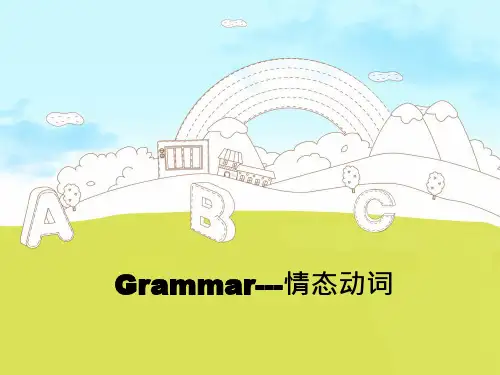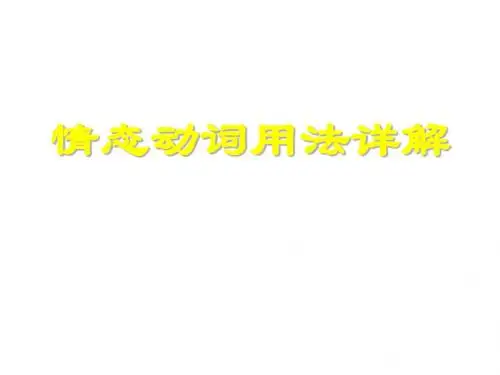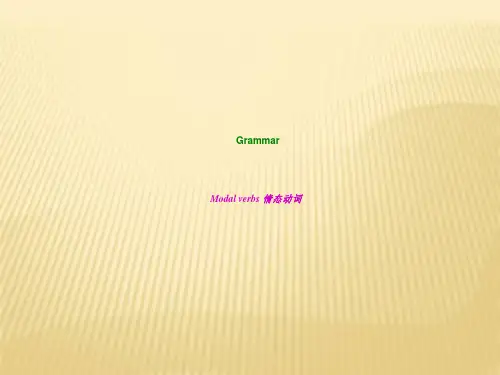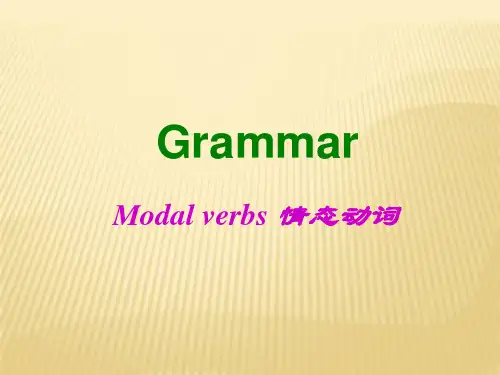2) must是说话人的主观看法, 而have to则强调客观需要。 Must只有一般现在时, have to 有更多的时态形式。 1. I really must go now. 2. I had to work when I was your age.
7
三、 must, have to
3) 表示推测、可能性(只用于肯定的陈述句)
9
四、 dare, need
3) dare和 need作实义动词用时, 有人称、时态和数的变化。 在肯定句中,dare后面常接带to的不定式。在疑问句和否 定句中,dare后面可接带to或不带to的不定式。而need后 面只能接带to的不定式。 1. I dare to swim across this river.
1. How dare you say I’m unfair? 2. He daren’t speak English before such a crowd, dare he? 3. If we dared not go there that day, we couldn’t get the beautiful flowers.
2
一、 can, could
2) 表示请求和允许。 -----Can I go now? ----- Yes, you can. / No, you can’t. 此时可与may互换。在疑问句中还可用could, might代替,不是过去式,只是语气更委婉,不能用于肯定 句和答语中。
---- Could I come to see you tomorrow? ---- Yes, you can. ( No, I’m afraid not. )
2) need 作情态动词用时, 常用于疑问句、否定句。在肯定句 中一般用must, have to, ought to, should代替。










